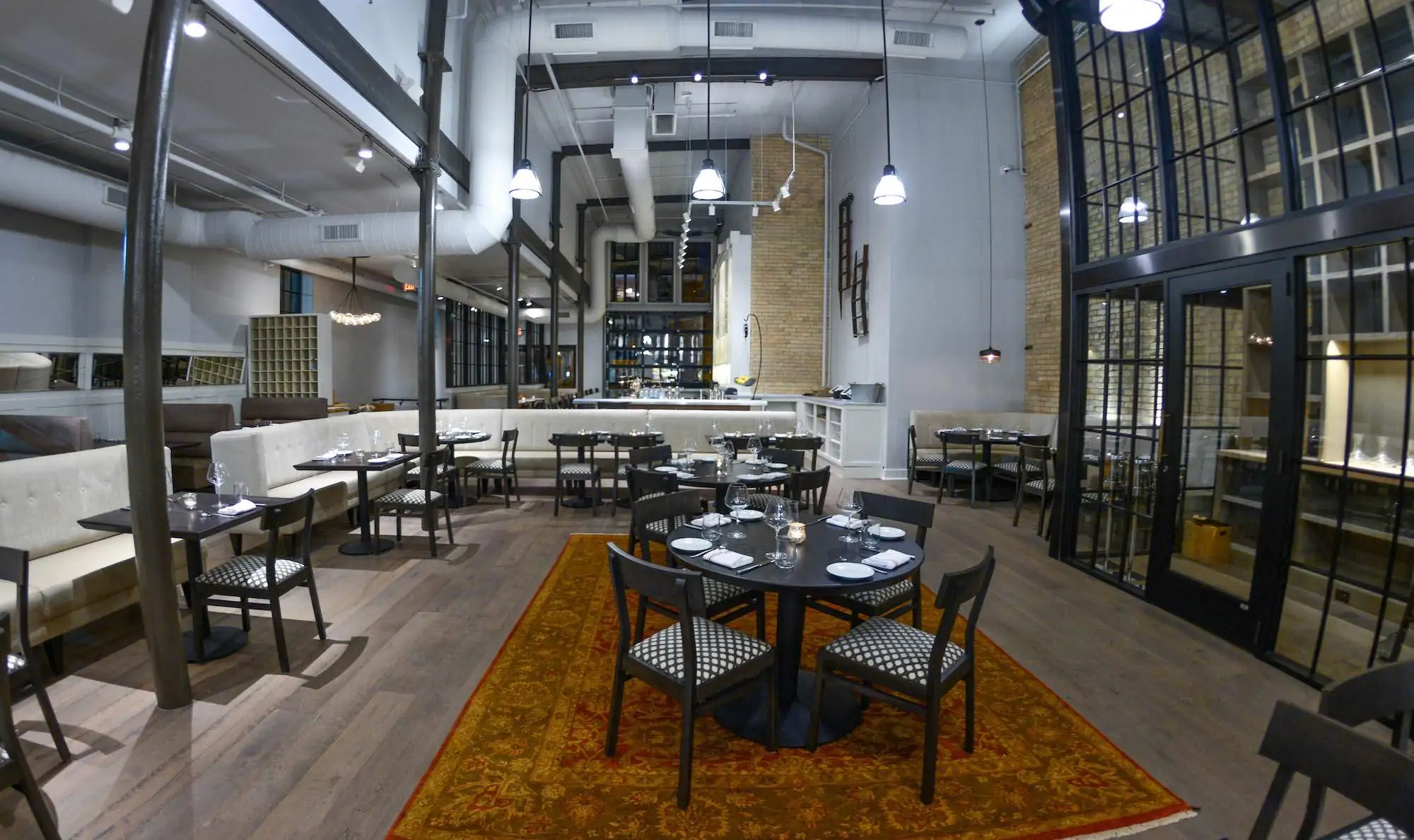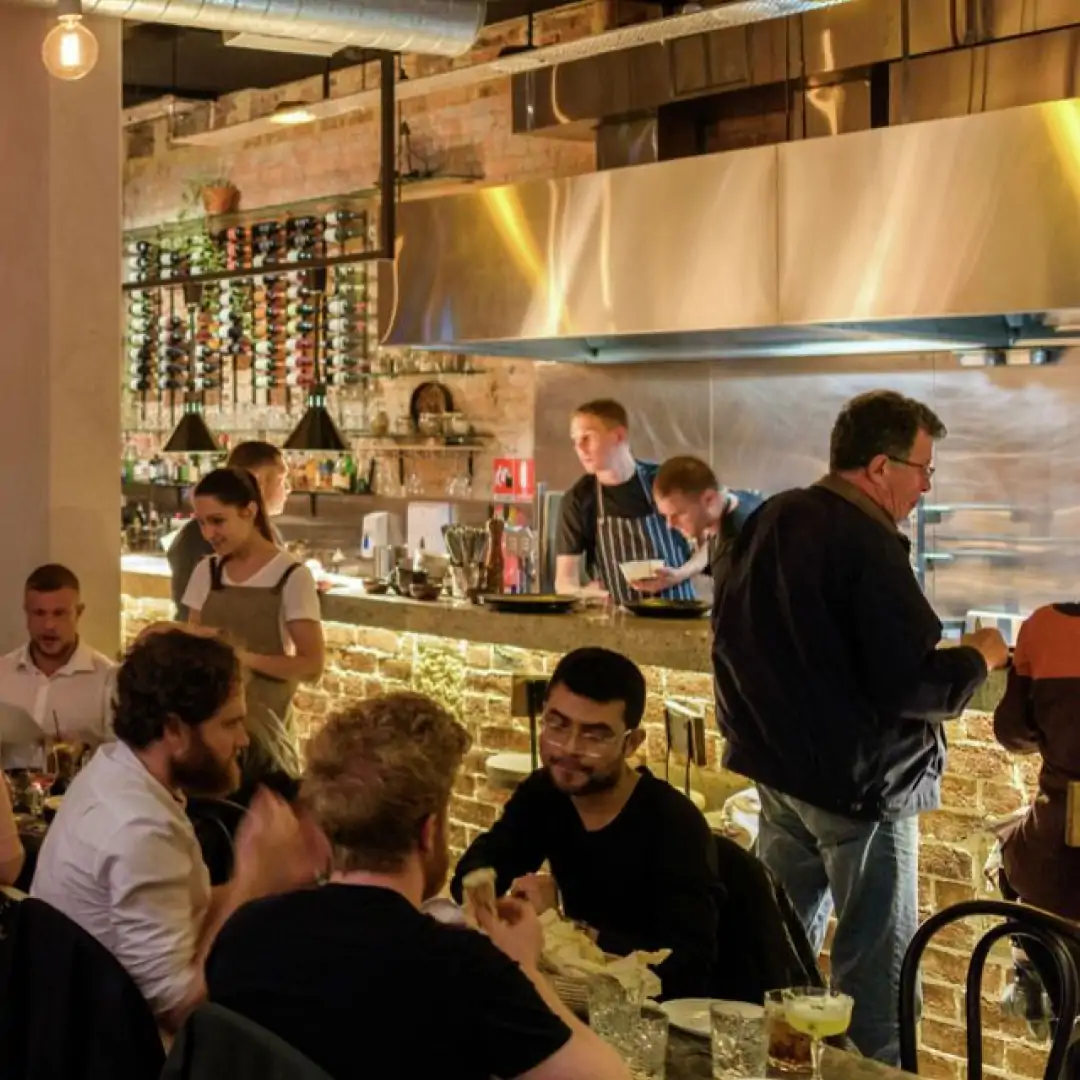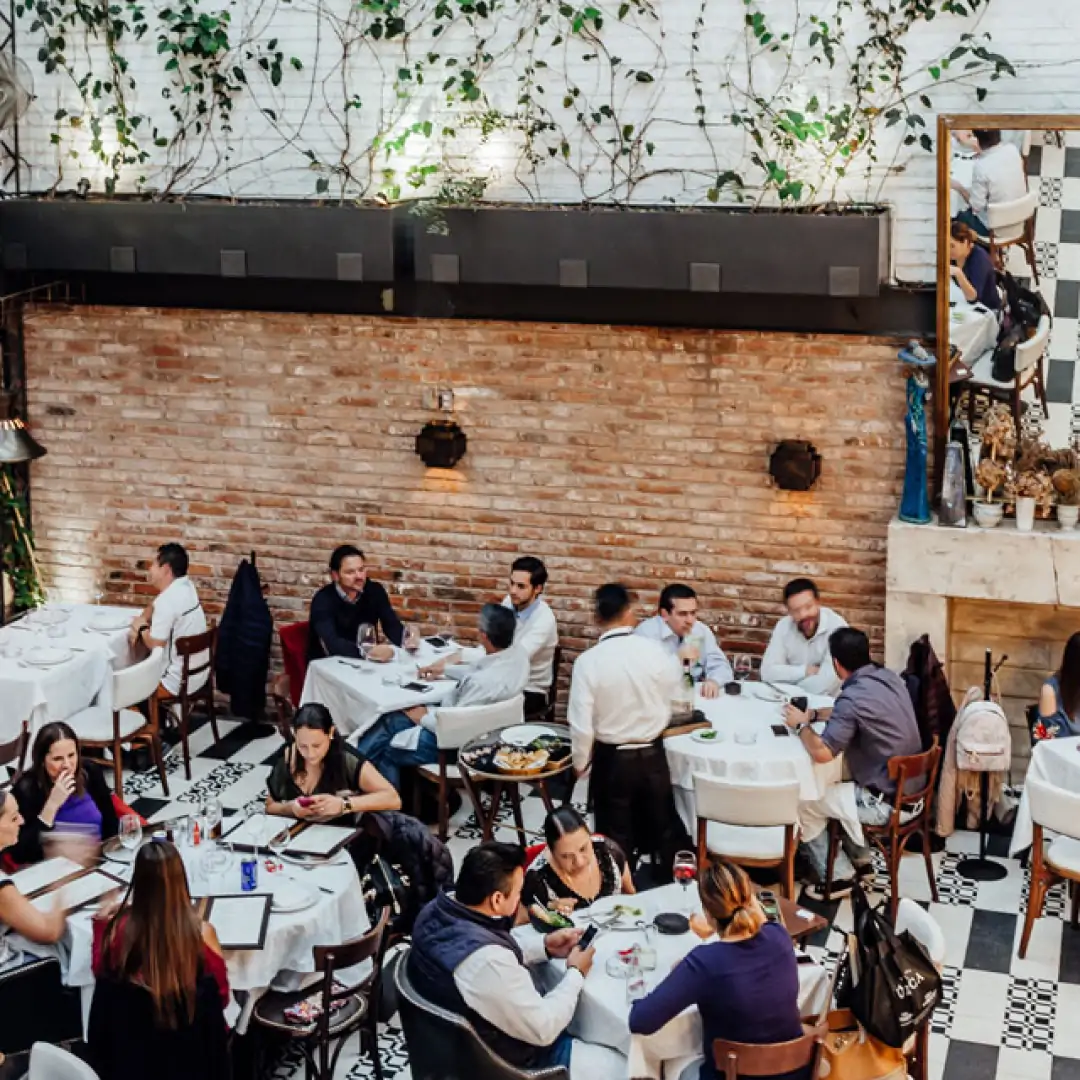Pre-opening events serve three essential functions: they are a dress rehearsal for the entire team, they provide an exclusive first look of your restaurant to key players in your community, and they give you an opportunity to receive critical feedback and make changes before you open your doors to paying customers.
Feeling strapped for time, money, or both, some restaurateurs forgo these critical preview events and decide to just open the doors and get going. This can prove disastrous, as the first few weeks of service are the most important ones you’ll ever have, and losing the trust of “early adopters,” receiving negative reviews on social media, lacking support from the press, and discouraging your staff early in the game are all surefire ways of damaging your short- and long-term success. Build preview events into your opening budget and don’t buckle in the face of internal or external pressure to get the doors open and start making money; preview events are an investment that absolutely cannot be skipped.
Here are three of the most valuable types of pre-opening events and how to make the most of them.
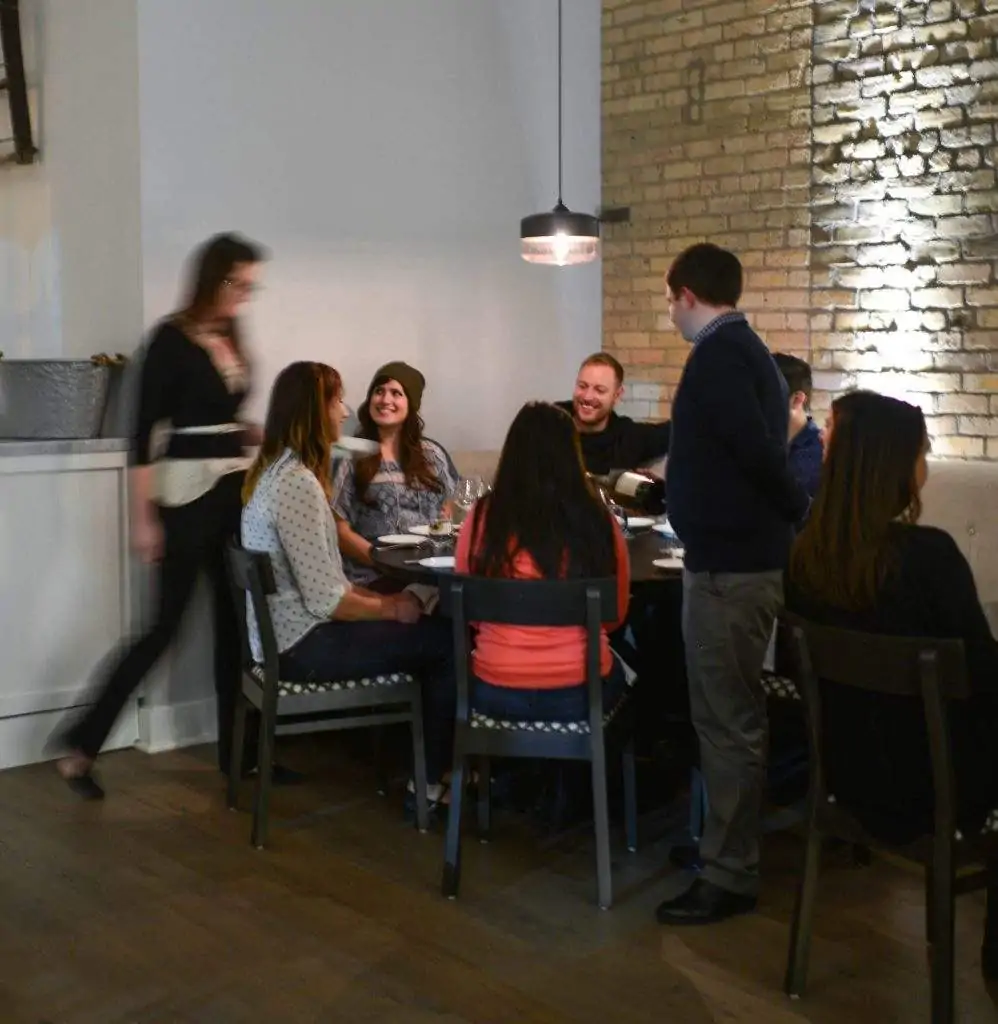
Friends and family meals
What:This type of pre-opening event should happen as close to opening day as possible and serve as a comprehensive dry run. You’ll invite friends and family of the restaurant to dine in exchange for critical feedback and the right to make mistakes sans judgment. In a nutshell, these guests are your guinea pigs, so all or most of the meal is typically complimentary.
This is the most important opportunity your staff will have to practice cooking menu items, mixing cocktails, talking about the wine list, and going through steps of service before opening day, so you’ll want to structure it exactly the way you would a normal service.
Who: So, which “friends and family” should you invite? Typically, invitations to these meals are pretty coveted and you’ll have no shortage of volunteers. Above all, invite people that you trust to be honest with you and whose opinions you respect. Another thing to keep in mind: If you have a few big hiccups on your first night, will the people you’ve invited understand and forgive or send a snide tweet to their 5,000 followers? Make sure it’s the former.
How to get the most out of it:
- Host at least two days of friends and family meals, but three or four days is ideal. You want the opportunity to receive critical feedback, make mistakes and correct them before you open.
- Control your cover counts. You’ll be surprised by how many friends and family members you have all of the sudden when you give away free meals at a hot new restaurant. Decide how many people you want to serve each night based on your budget and your operational capabilities and then stick to those numbers.
- Make sure your entire staff is involved. This may mean giving servers smaller sections or having more cooks in the kitchen than you normally would, but the primary purpose is for everyone on your team to get some hands-on, real-time experience so that they’re comfortable and confident going into day one.
- Make feedback cards for your guests. Remember that honest, critical feedback is a significant portion of your ROI for this type of event so getting your guests’ thoughts on paper and reviewing comments with your team every night is an absolute must in starting a restaurant.
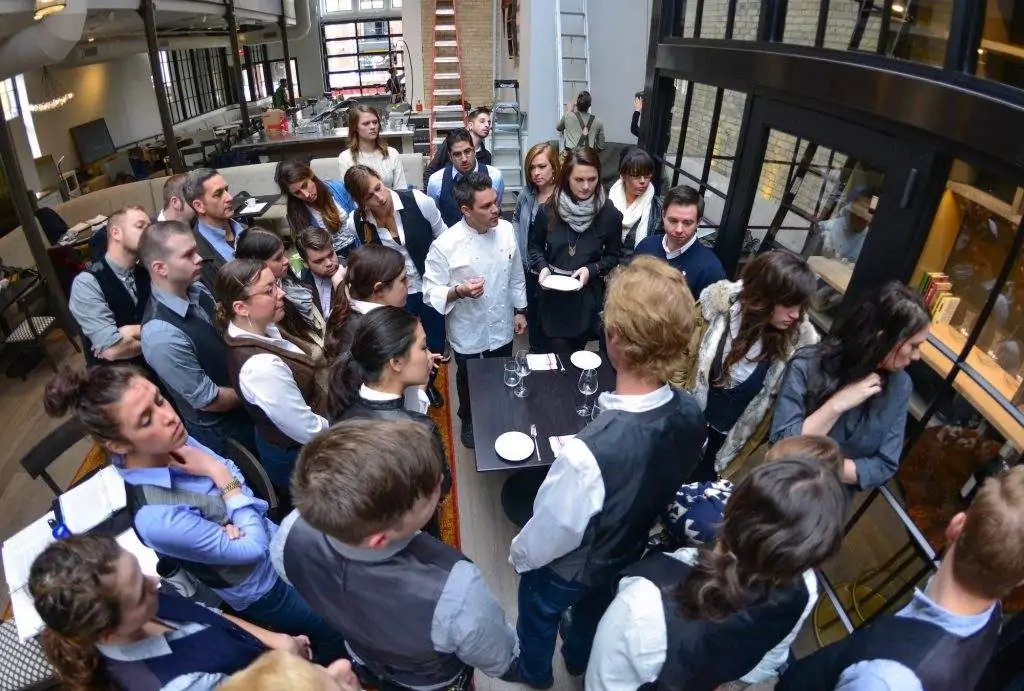
Press preview
What: Creating a small event to give the press a first look at the restaurant when it’s still a few weeks away from opening day is a great opportunity to generate buzz as you head down the home stretch, and also to build goodwill with the people that will be critiquing you and following your restaurant for years to come. Going above and beyond to show that they are important to you will help keep your restaurant’s name top of mind as others continue to open.
Who: Invite all of the major food writers in your community—this includes magazines, newspapers, websites, and widely followed influencers on social media.
For press events, focus on quality, not quantity. If you have too many people in your space, you’ll lose the feeling of exclusivity and also lessen the likelihood that you’ll be able to make a personal connection with everyone in attendance.
How to get the most out of it:
- Take the time to make the invite personal. Depending on how many people you’ve got on your list, sending a well-branded, thoughtful paper invite or making individual phone calls are the most appropriate ways of getting your press preview on their busy calendars.
- Don’t mind the dust. An unfinished interior makes the experience feel a bit more exclusive and also ensures that there will still be an element of surprise the next time they come in.
- Provide some tastes of your menu and cocktails during the event. Taking a tour of the space is an essential part of the experience, but getting your future supporters and critics excited about the product you’ll be serving is just as important. Remember to keep it simple—three perfect bites are better than 10 imperfect ones.
- Work the room. Having a group of media heavy hitters in the same place at the same time is a tremendous opportunity. Embrace it! The entire management team should be on the floor getting to know each individual that took the time to attend and entering their information into your reservation system so that you know to take extra-special care of them when they come in to eat.
- Send them home with something unique. A sweet treat with a branded recipe card or a bottled cocktail are examples of items that will make a lasting impression. Skip things like printed menus that are liable to continue to change as opening day approaches.
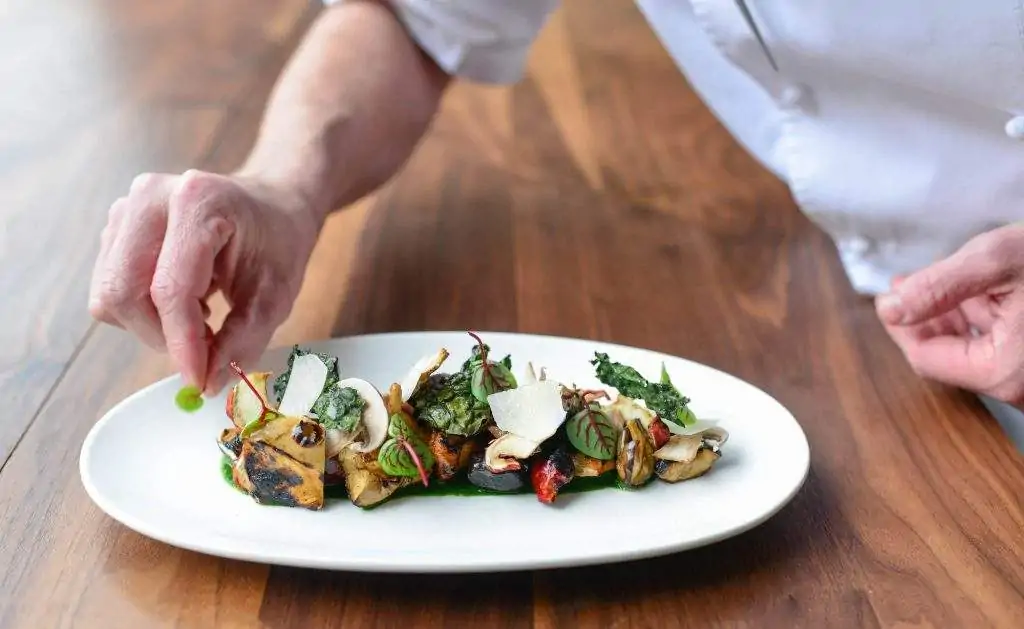
Opening party
What: Opening parties can take many different forms, but the best ones have a greater purpose than solely celebrating your restaurant’s opening. Remember that all of these preview events are an investment of time, money, and resources, so you want to be sure that you’re capitalizing on them.
Hosting a fundraiser for your favorite local charity or turning your opening event into an appreciation party for the many people that helped build your restaurant are both great ways of getting more out of this type of event.
Who: The who will largely depend on what angle you choose to take with your opening event. If you partner with a charity, make sure that the guest list is appropriately balanced between their guests and yours. Appreciation parties should include your contractor and significant subcontractors, your branding and design team, chefs and restaurateurs that helped you navigate opening woes, investors, vendors, neighboring businesses, and anyone else that you couldn’t have built your restaurant without.
Tips for getting the most out of it:
- Ask your vendors to donate some product in exchange for featuring their brand on signage or menu cards at the party (inviting them doesn’t hurt either).
- Make some signage with your social media handles and an event-specific hashtag to encourage your guests to post photos and help build the anticipation before opening day.
- Keep your guest list at a reasonable number. You want people to have an amazing time, so don’t open the floodgates and crowd the space or stretch your food and drink budget.
After enduring the long and generally grueling process of opening a restaurant, there’s a natural urge to rush to get the doors open and begin generating revenue. While many novices take this approach, the pros understand the tremendous opportunity pre-opening events represent. Your aim is to be in business for many years, so avoiding the temptation to skip pre-opening events is more than just an investment in a few nights of free dinner—it’s an investment in your restaurant’s future.
Photos courtesy of Bonjwing Photography.
When it comes to opening a restaurant smoothly and running it successfully, Alison Arth is a pro. She held leadership positions on the opening teams of multiple restaurants within Daniel Boulud’s prestigious Dinex Group in New York before working as General Manager of Locanda and Director of Food and Beverage at The Battery in San Francisco. Now, as the founder and principal of hospitality consulting firm Salt & Roe, she partners with restaurants to create consistent, genuine guest experiences and build long-term success. She’s been involved in at least 13 restaurant openings; most recently, she has consulted on the opening of Gavin Kaysen’s Spoon and Stable in Minneapolis.

